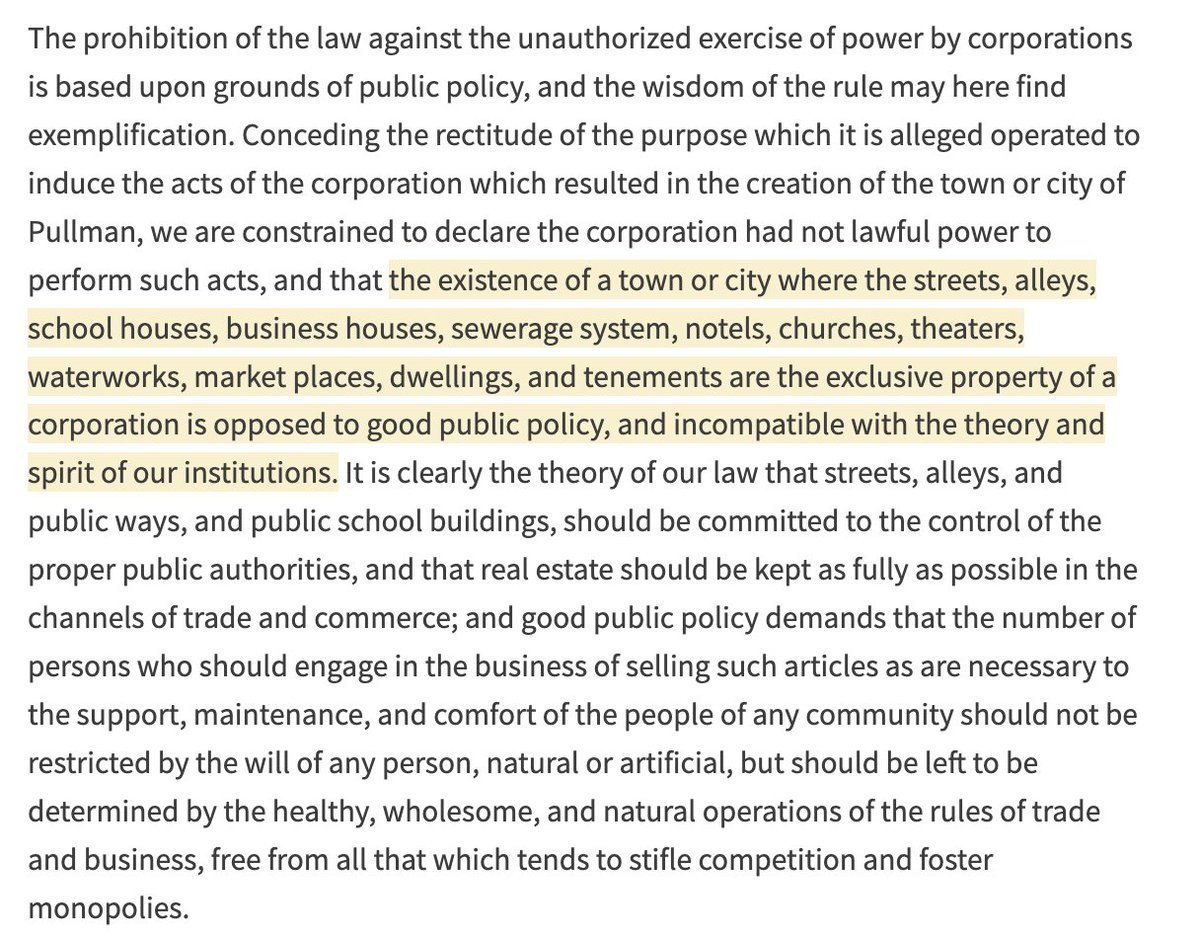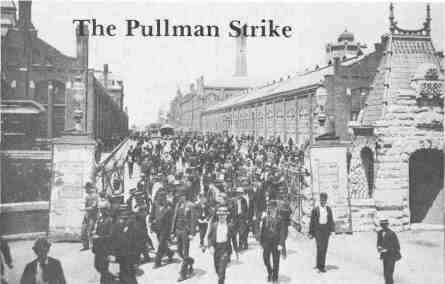Top: Samuel Alito (center) as a guest of Paul Singer (right) at an Alaska fishing lodge
Center: Leonard Leo, center on the 2008 trip with Justice Alito and Singer
The latest Pro Publica Report (this one re Justice Samuel Alito) reinforces the picture painted recently of
Justice Clarence Thomas as beneficiary
of billionaire sugar-daddy Harlan Crow.
It
appears that Federalist Society leaders like the Catholic conservative lawyer
Leonard Leo, ideological soulmates, and Candyman benefactors who lavish favors on the Supreme Court Historical
Society, on vacationing judges, and bestow honorifics and campaign
contributions have as great a say in how abortion, gun, and environmental
matters are adjudicated as do the commands of statutes and properly
adopted rules and regulations.
Maybe more because Leo is often to whom conservative judges and justices owe their
jobs. And their special fishing trips, hunting lodges, and other such favors.
Alone among nations the national courts
of the United States are staffed by life-tenured judges. The only constitutional process for removal
is impeachment – a process designed to be an unscalable wall. The Court long
ago claimed to be the last word on Constitutional interpretation. See McCullough v. Maryland telling the state it
could not tax the Second Bank of the United States. But it has long arrogated
power far beyond those initial confines. In Prigg v. Pennsylvania (1842) Justice Joseph
Story of Massachusetts declared that protection of property in human beings was
a make or break part of the Constitutional
compromise on which no state could impinge.
The Supreme Court in Prigg protected the south from anti-slavery
initiatives such as Pennsylvania’s law criminalizing re-capture of the
enslaved. A result of that was the
catastrophe of the war to save chattel slavery, history’s then bloodiest war –
the wounds of which have not yet been bound up, despite President Lincoln’s
hope expressed in his 1965 Second Inaugural
Address.
Georgetown's Josh Chafetz describes Nixon/Trump Judicial Aggrandizement. Now the Court refuses even to account
to Congress for its members ethical lapses.
Every Justice, including the most junior, signed such a statement which
was appended to the Chief Justice’s letter
to Senator Dick Durbin in which he refused to appear before the Senate to
discuss problems of ethics and the high court.
Stanford Law Mark Lemley has labeled it an Imperial
Court. Of course that is the
sort of attack on the Court made by participants in the massive resistance – in
the south, and elsewhere (viz. Boston i/a 1972) to the Supreme Court’s decision
in Brown v. Board of Education voiding legally sanctioned or mandated segregated
public school education.. Even today one
cannot get conservative judicial candidates to firmly commit to embrace of the 1954 decision of the Supreme Court.
The then 7th Circuit Court
of Appeals judge Amy Coney Barrett at her Supreme Court confirmation hearings
could manage only this:
“In my writing I was using a framework that’s
been articulated by other scholars, and in that context, ‘super precedent’
means precedent that is so well established that it would be unthinkable that
it would ever be overruled”.
But Roe v. Wade did not
constitute such a “super-precedent”, even though for half a century women had
relied on it to make the painful decision to terminate a pregnancy. Rather she embraced the opinion of Samuel
Alito in Dobbs b Jackson Women’s Health in which the majority embraced the
opinion of Samuel Alito that Roe was wrong the day it was decided.
Today the Supreme Court has
revoked its 50 year old precedent recognizing nationwide a right to terminate a
pregnancy – leaving the issue to state by state political struggle. And the Court has declared that the voters of
1789 spoke and recognized a personal right to bear arms that is unalterable by
the States.
An unelected court that asserts
such sovereign powers scarcely merits Alexander Hamilton’s Federalist
78 endorsement of the judiciary as
the “least dangerous” branch.
The boldness of the recent Dobbs and New York State Rifle & Pistol rulings highlights the concerns
about the Court and its composition.
Much attention has focused on Associate Justice Clarence Thomas whose
“dear friend” Harlan Crow bought Thomas’s mother’s house, fixed it up, and let
her live there rent-free, among other favors.
The Justice’s friend also lavished on Thomas and his wife private air
fare and stays at comfortable resorts. Others express concern because Justice
Neil Gorsuch sold a vacation property to the head of the major law firm
Greenberg Traurig which often has business before the Court.
Since the Supreme Court has
spurned calls to adopt a Code of Ethics.
Further the United States judiciary’s disciplinary mechanism 28 USC
351-364 is unsuited to the determination of most concerns about ethical
conduct. It is designed only for instances of allegations that “ a judge has
engaged in conduct prejudicial to the effective and expeditious administration
of the business of the courts, or alleging that such judge is
unable to discharge all the duties of office by reason of mental or physical
disability”.
The judicial
disciplinary rules – a product of a 1995 report led by Justice
Stephen Breyer - created case by case reviews of judicial conduct dependent on
the non-appealable decision as to probable cause by the Chief Judge of a
District.
Nor does the process – flawed
though it is - reach the most important
judges of all – those of the United States Supreme Court whose decisions on
matters of Constitutional interpretation are unreviewable and unalterable save
by change in membership of the court or amendment of a Constitution designed to
protect the most cherished of state prerogatives such as the right to property
in human beings.
The gap between judges removable
at will and those embedded for life terms can certainly be filled by the
Congress. 28 USC 455 applies to judges
and justices but its broad terms contain no mechanism for application. The basic standard in §455(a) is that “Any justice, judge, or
magistrate judge of the United States shall disqualify himself
in any proceeding in which his impartiality
might reasonably be questioned.” As the Justices recently unanimously
declared “Individual Justices, rather than the Court, decide recusal issues.” In no
other case is any officer an unreviewable judge in her own cause. Congress can change that. The composition of the Court is its
jurisdiction. We could have a Supreme
Court of one or of dozens. The members’
qualifications, composition, and procedures are legislative choices. The Code
of Judicial Conduct is within the power of the Congress.
Senator Sheldon Whitehouse has
introduced S. 359 The
Supreme Court Ethics, Recusal, and Transparency Act of 2023. It would require the Supreme Court to within
180 days introduce by notice and comment a code of ethics for its members. It would create a “judicial investigation
panel” of chief judges randomly selected.
Senators Angus King and Lisa Murkowski have
offered the Supreme
Court Code of Conduct Act.
- The Murkowski/King measure would require the Supreme Court to
implement a code of conduct within one year, produce an annual report, give
the Supreme Court authority to initiate investigations, as needed, to
determine if any Supreme Court Justices or staff may have engaged in
conduct that is prejudicial to the administration of justice or that
violates other federal laws or codes of conduct.
Neither of these legislative proposals
adequately addresses the problem of who will decide and with what practical
effect. But they are a start. The Court
can itself propose to Congress a permanent office to investigate and to advise
the Courts. It could be governed by
retired judges and Justices of the United States. Even if its decisions as to the Supreme
Court’s members were advisory such a prestigious body’s judgments would carry
weight with both public and courts.
- George Conk
June 25, 2023
S359 Supreme Court Ethics,Recusal and Transparency Act of 2023 - Sen. Sheldon Whitehouse
Supreme Court Code of Conduct Act - King and Murkowski
Judicial Conduct and Disability - U.S. Courts
In Bi-partisan Bill Senators Urge Justices to Adopt and Ethics Code





